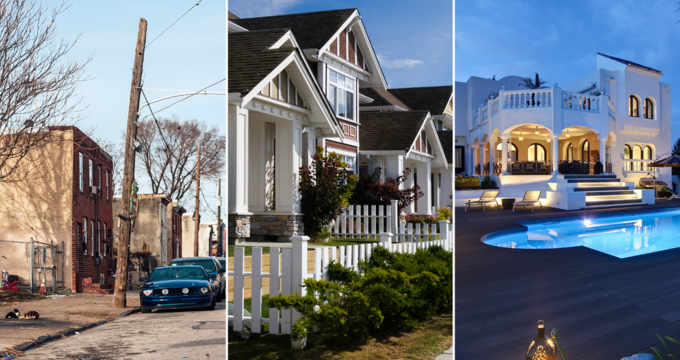Understanding where you fall in the American economic class system isn’t as simple as pulling out a calculator or looking at a pay stub.
Myriad forces shape individuals’ economic class and their views on where they rank alongside other Americans.
When asked how they identify their social class, 62 percent of Americans said they belonged to the upper-middle or middle classes, according to a 2017 survey from Gallup. In determining their social class, people often don’t just think about income, experts say, but about other factors, including education, location and family history.
Larger economic trends may also impact how people view their class rank.
On one hand, experts note, the American middle class is shrinking, with individuals moving toward the higher- and lower-income brackets. “There’s a loss of jobs in the middle and growth at the top and bottom,” says Robert J. Gordon, professor of economics at Northwestern University. “In that sense, the middle class has been hollowed out.”

